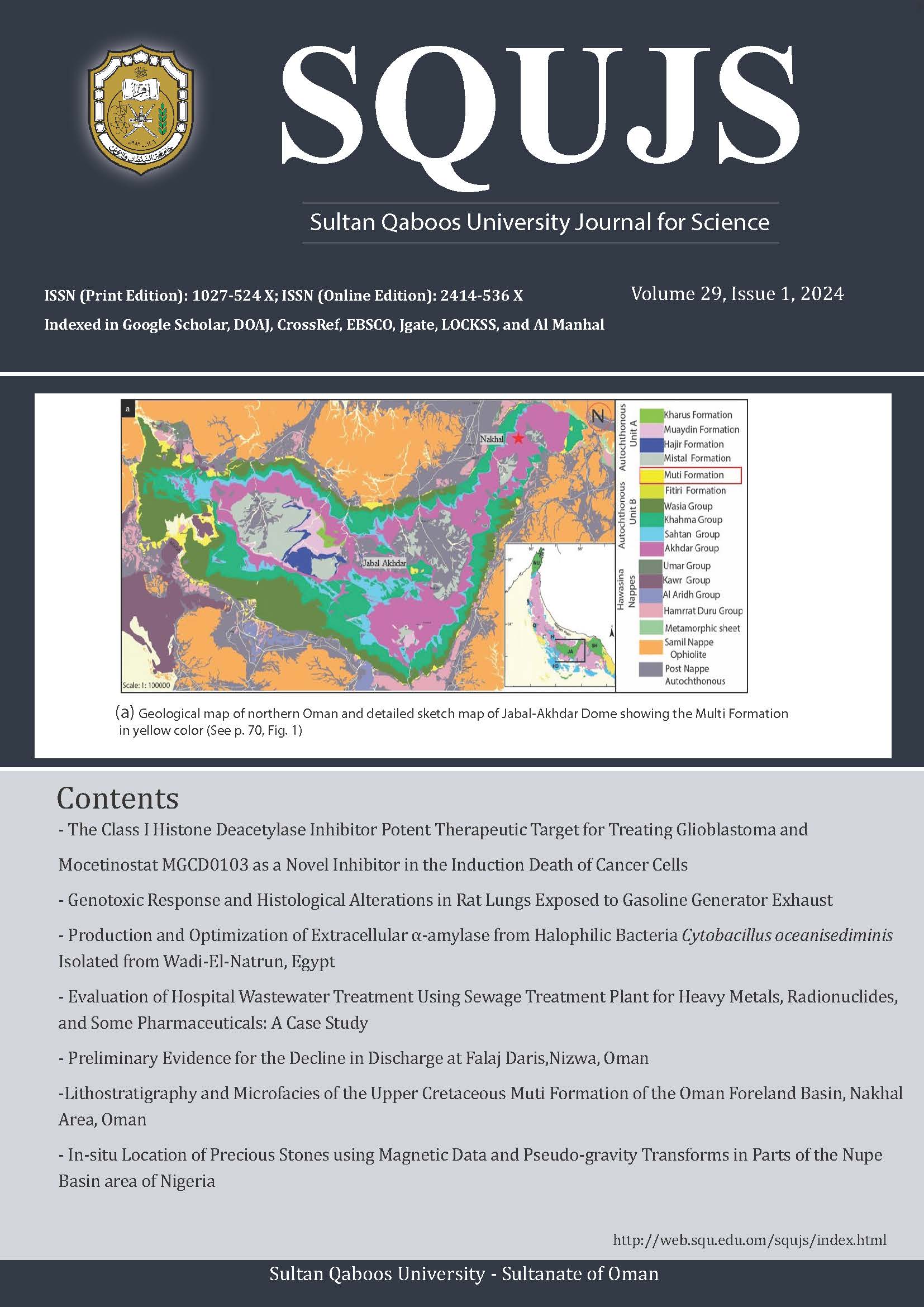Main Article Content
Abstract
The influence of varying the distance between air holes (pitch) on the geography of solitone propagation through a photonic crystal fiber has been tested. The study depends on the Split-Step Fourier method and the results quantified using MATLAB. The first-order solitone was tested with the change in pitch, and it was found that there is a clear decay in the amplitude of the resulting pulse with an increase in pitch. When increasing the pitch in the case of second-order solitons, it was noticed that the pulse would split into multiple-order solitons down to higher-order solitons with the increase in pitch. In the case of third-order solitons, solitonic fission leads to the supercontinuum generation with increasing the pitch, where the supercontinuum generation was reached in this way depending on a very small energy source compared to the high energies used to generate this type of spectrum by the previous methods. In this study, I observed that when the pitch values increased in the third-order soliton, this result led to the use of supercontinuum generation (ScG) which has many applications such as medical and industrial applications and has an important role in modern communication systems.
Keywords: Photonic Crystal Fiber, Split-Step Fourier, Soliton Pulse, Pitch, Supercontinuum Generation.
Article Details

This work is licensed under a Creative Commons Attribution-NoDerivatives 4.0 International License.

